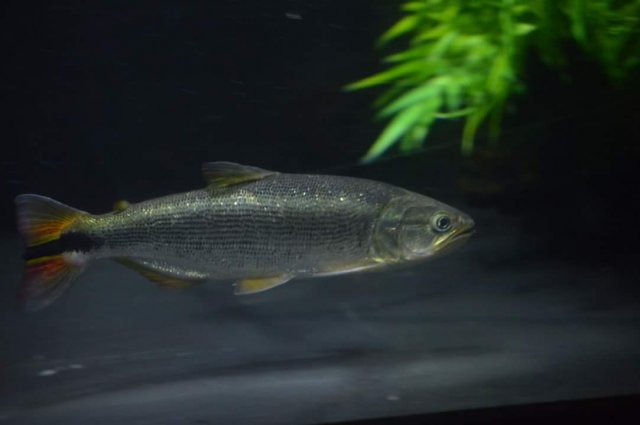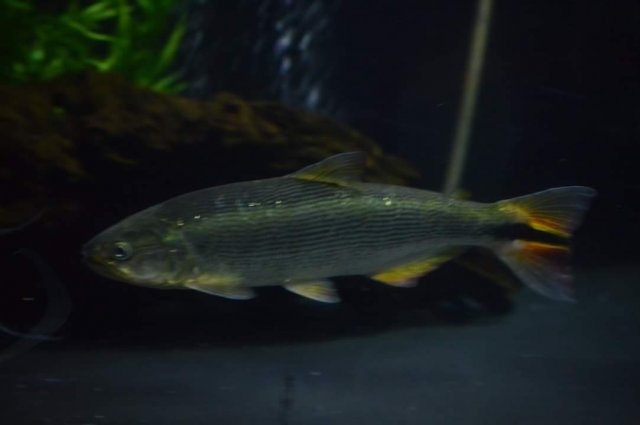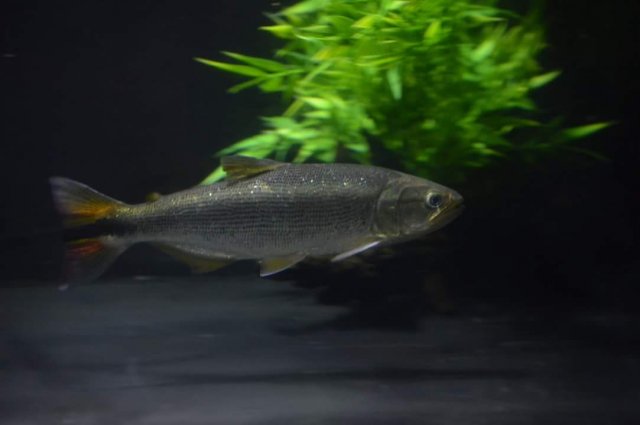Dorado (Salminus) ID and Care Guide 1.1
- Thread starter Chicxulub
- Start date
You are using an out of date browser. It may not display this or other websites correctly.
You should upgrade or use an alternative browser.
You should upgrade or use an alternative browser.
how do i count that? sorry if it was already mentioned before.I think frankie too. But chicx proved me wrong. Best way to tell is count the number of scales between his LL and dorsal fin.
The scales between the lateral line and dorsal fin, or top fin, the lateral line is the row of scales the look white instead of silver I believe, count the scales going up to the dorsal fin and the first page compare numbers I'll show you an example thread.how do i count that? sorry if it was already mentioned before.
[video]
Salminus brasiliensis is farmed too, in Argentina. Could their rarity in the hobby be attributed to something else? Maybe someone just needs to make the right contacts?
Salminus brasiliensis is farmed too, in Argentina. Could their rarity in the hobby be attributed to something else? Maybe someone just needs to make the right contacts?
How do you know those are brassies? Importers, fisherman, vendors, stores, and hobbyist mislabel them all the time. Just curious to why you trust this video to have ID'd them correctly.[video]
Salminus brasiliensis is farmed too, in Argentina. Could their rarity in the hobby be attributed to something else? Maybe someone just needs to make the right contacts?
How do you know those are brassies? Importers, fisherman, vendors, stores, and hobbyist mislabel them all the time. Just curious to why you trust this video to have ID'd them correctly.
For sure, most people are clueless.
http://fishconsult.org/?page_id=12
Dr. Rahman El Gamal seems pretty qualified though.
I guess it's possible that someone would import a fish species from a warmer climate and different river system to raise in Argentina, while the native species that has adapted to the region is readily available for free. It's possible, but not probable IMO. You can believe what you want though.
I think maybe the pet tropical fish industry just isn't very big in Argentina and it isn't worth the trouble for exporters (only MonsterFishKeepers know the difference). If there is a large enough demand, Brassies will probably become more readily available.
All I know is, at my local trout farm, 6-8" Rainbows are $3 each (but you have to buy 400 of them). I imagine fingerlings are much cheaper. A motivated person could flood the market with cheap Dorado (brasiliensis or franciscus) -- but really, how much demand is there for this species?
Last edited:





